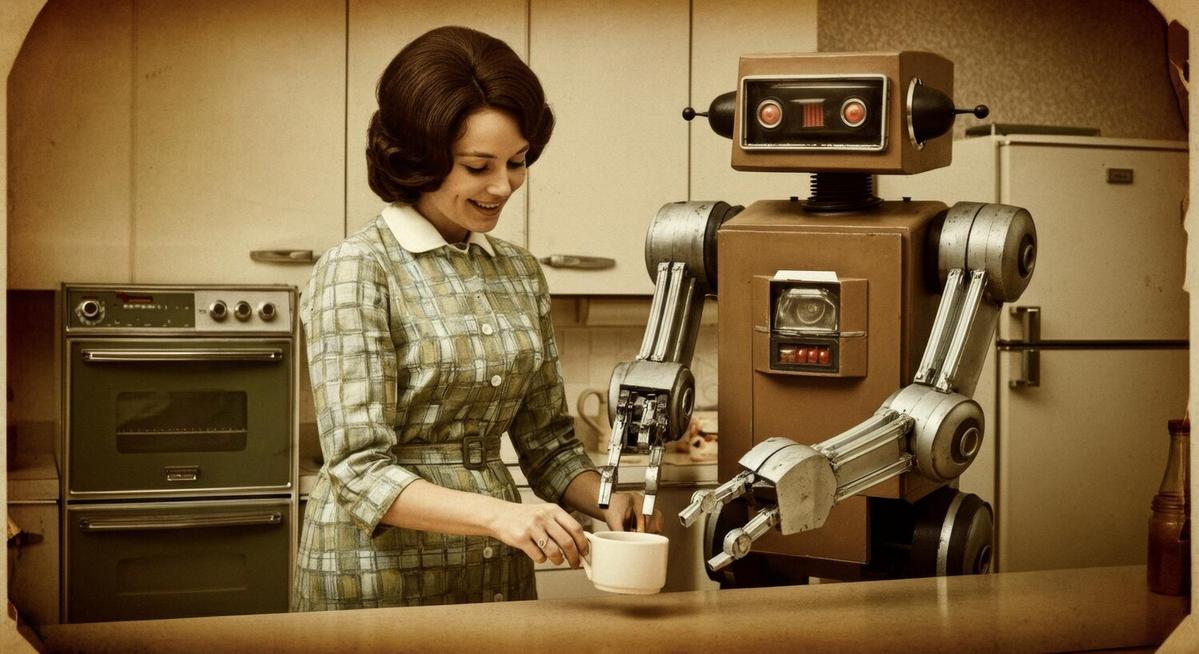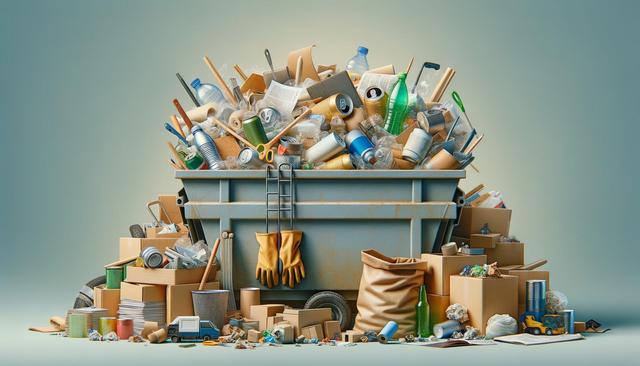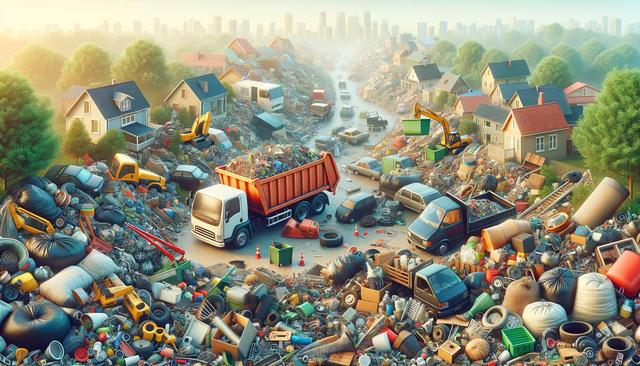As technology continues to weave into the fabric of our daily lives, the kitchen is no exception, with robotic chefs emerging as a fascinating innovation in tech-driven cooking.
Imagine walking into your kitchen after a long day, greeted not by a pile of ingredients but by a meal perfectly prepared by a robotic chef. This isn’t a scene from a sci-fi movie but a growing reality as robotics infiltrates the culinary world. In this article, we’ll explore the potential of robotic chefs, their impact on modern cooking, and what this means for the future of food.
Robotic Chefs: A New Era in Cooking
The concept of robotic chefs might sound futuristic, but companies worldwide are investing heavily in this technology. According to a report by MarketsandMarkets, the food robotics market is projected to reach $3.1 billion by 2026. This surge is driven by the demand for automation in food processing and preparation, leading to enhanced efficiency and consistency.
Expert Insights
Chef and tech enthusiast Mark Jones remarks, “Robotic chefs bring precision and consistency to the kitchen, allowing for more creativity and experimentation in cooking.” These machines are designed to perform complex cooking tasks, from chopping and stirring to plating dishes with finesse.
The Technology Behind Robotic Chefs
At the heart of robotic chefs lies advanced AI and machine learning algorithms. These systems enable robots to learn recipes, adapt to different cooking styles, and even respond to real-time feedback. For example, a robotic arm equipped with sensors can adjust seasonings based on taste tests, ensuring every dish meets culinary excellence.
Benefits of Cooking with Robots
- Efficiency and Speed: Robots can prepare meals faster than human hands, making them ideal for busy kitchens.
- Consistency: Every dish is prepared with the same precision, reducing human error.
- Sustainability: Robots minimize food waste by using precise measurements and portions.
Challenges to Consider
While the benefits are clear, there are challenges to adopting robotic chefs. Initial costs can be high, and there is a learning curve for integrating these machines into existing kitchens. Furthermore, some may argue that automation could dilute the human touch in cooking, a sentiment echoed by food critic Laura Gibson, who says, “Cooking is an art, and while robots can replicate techniques, they can’t capture the soul of a dish.”
How to Incorporate Robotic Chefs at Home
If you’re considering a robotic chef for your home, start with smaller, multifunctional gadgets that can perform specific tasks like chopping or stirring. Gradually, as technology becomes more affordable, full-scale robotic chefs may become a viable option for home kitchens.
Consider starting with a robotic device that handles repetitive tasks like mixing or kneading dough. This can save time and allow you to focus on more creative aspects of cooking.
Conclusion: The Future of Cooking
Robotic chefs represent a significant shift in the culinary landscape, offering potential for efficiency and innovation. As technology advances, we may see a harmonious blend of human creativity and robotic precision, redefining the art of cooking. Embracing this change could pave the way for an exciting future where culinary possibilities are endless.
Frequently Asked Questions
Can robotic chefs replace human chefs?
While robotic chefs can handle many tasks, they are unlikely to replace human creativity and intuition in cooking entirely.
Are robotic chefs affordable for home use?
Currently, they are more common in commercial kitchens, but prices are expected to decrease as technology progresses.
What tasks can robotic chefs perform?
Robotic chefs can chop, stir, cook, and even plate dishes, among other tasks.
Do robotic chefs require maintenance?
Yes, like any appliance, they require regular maintenance to ensure optimal performance.




Leave a Reply